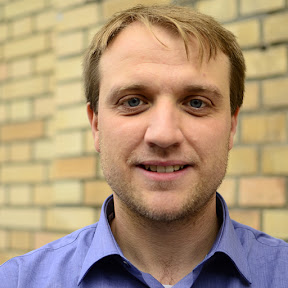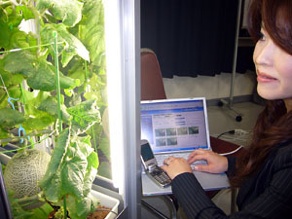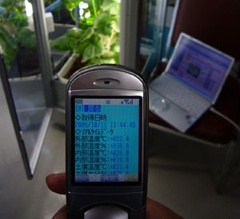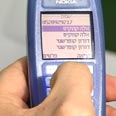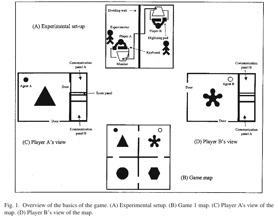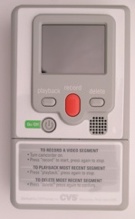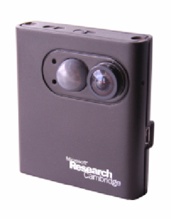Three years have passed since I finished my Master’s thesis and I have been able to track a couple of commercial product that emerged in the market that my work could have been anticipated. One of them was the Domestic Greenhouse designed by Renzo Piano, which costed around 1000 euros.
This one is from Matsushita and it seems to add the ability of controlling the climate via Internet or SMS (cost around 3000 USD):
On October 11, Matsushita Electric Works, Ltd. announced plans to begin selling an indoor gardening system whose lighting, temperature and water supply can be remotely monitored and controlled via the Internet. The system, called Aiterrarium, is slated for release on December 20 and will initially target research facilities for universities and businesses.
The system consists of a growing chamber that is 50 centimeters wide and 1.2 meters tall. The chamber is outfitted with 190 watts of fluorescent lighting on the walls and ceiling, and sensors measure 15 different growing conditions, including soil temperature and moisture level. If a heater and automatic watering system are added, users can connect to a Matsushita server over the Internet to set ideal temperatures and perform watering. A webcam allows users to monitor growing conditions from anywhere in the world via cellphone or computer.
This is the link to my master’s thesis on the Biosphera project. Our prototype was around 5000 euros but it could easily drop in a serial production.
![]() Tags: ecology, education, environment, interaction design, pedagogy, plants
Tags: ecology, education, environment, interaction design, pedagogy, plants
